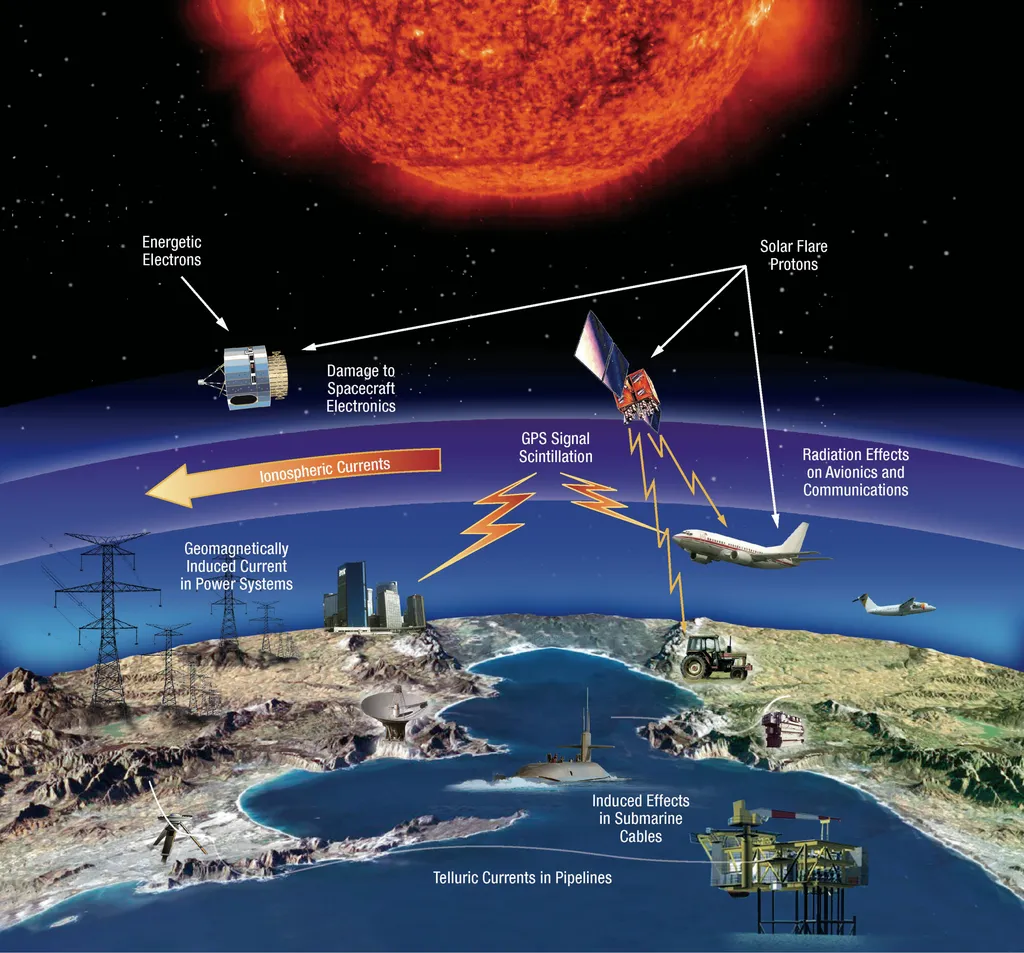Researchers from the Chinese Academy of Sciences, led by Yihua Li, have conducted a sophisticated simulation of the solar corona and solar wind, providing valuable insights for the energy sector, particularly in space weather forecasting and solar energy management.
The team utilized a data-constrained magnetohydrodynamic (MHD) simulation to reproduce the global solar corona and solar wind effects observed during the April 8, 2024, total solar eclipse. This simulation is crucial for understanding coronal mass ejections (CMEs), which can significantly impact space weather and, consequently, energy infrastructure on Earth. The researchers employed the Message Passing Interface Adaptive Mesh Refinement Versatile Advection Code (MPI-AMRVAC) to model the solar corona within 2.5 solar radii (R☉) using observed magnetograms and synchronic frames from the Solar Dynamics Observatory/Helioseismic and Magnetic Imager.
The simulation included the energy equation with a reduced polytropic index, allowing the team to reproduce the magnetic field, velocity field, and distributions of density and thermal pressure in the solar corona. By comparing the global magnetic field for multiple magnetograms, the researchers initialized the magnetic field configuration from a magneto-frictionally equilibrium solution, referred to as the Outflow field. This approach enabled them to time-advance the full set of ideal MHD equations, relaxing the global corona to a steady state. The results showed a good agreement between the simulated data and observations, providing a robust foundation for future studies on CME triggering and acceleration mechanisms under solar wind effects.
For the energy sector, this research offers practical applications in space weather forecasting, which is essential for protecting energy infrastructure from solar storms. Accurate predictions of CMEs can help energy providers mitigate potential disruptions to power grids and satellite communications. Additionally, understanding the solar wind and its effects on the solar corona can improve the efficiency and reliability of solar energy systems, which are increasingly important in the transition to renewable energy sources.
The research was published in the Astrophysical Journal.
This article is based on research available at arXiv.

